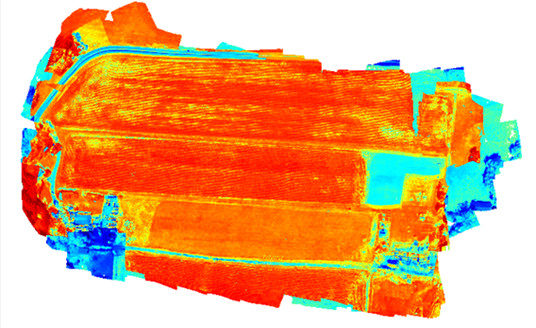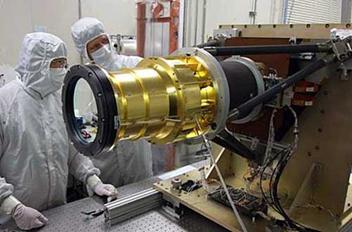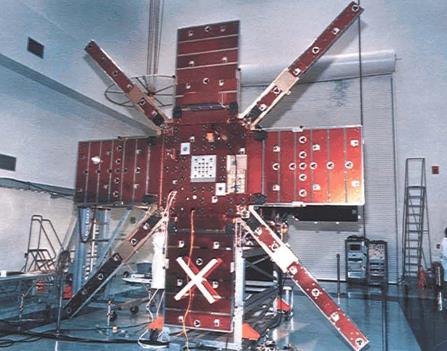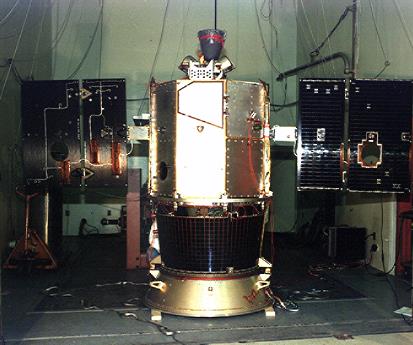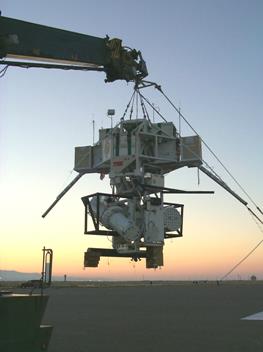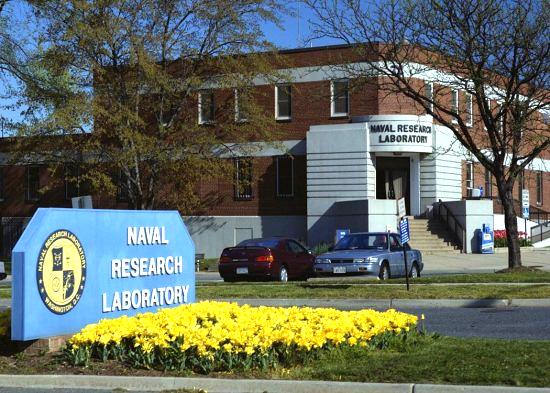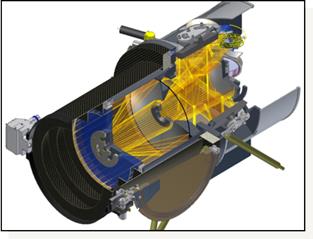The Plasma Physics Division conducts a broad experimental and theoretical program in basic and applied research in plasma physics, laboratory discharge and space plasmas, intense electron and ion beams and photon sources, atomic physics, pulsed power sources, laser physics, advanced spectral diagnostics, and nonlinear systems.
RSI is under contract to the NRL Plasma Physics Division to provide on-site support to the high energy laser programs including Nike, Electra, and T-cubed. RSI staff participated in the design and construction of these lasers, their maintenance, and in laser material interaction experiments. RSI also supports the division’s laser applications experiments, field tests, and diagnostic development efforts. Recent efforts have included participation in the development of a swept Raman spectrometer system for chemical/biological hazard detection, the development of an ultra-fast non-imaging spectrometer for monitoring impact phenomena, and field testing of laser-induced ultrasound diagnostic equipment.
Other recent RSI work with the NRL Plasma Physics Division has explored the propagation of continuous-wave high power laser beams through the atmosphere. RSI personnel supported several field tests, and developed methods to actively sense beam power, position and size. A current interest of the group is to investigate whether Yb-Fiber lasers can be used to remotely power UAVs through power beaming. Like laser communication, the group is studying the effects of atmospheric turbulence and scattering from aerosols.
For more information, please reach out to Duane Simonson at
simonson@rsimd.com
